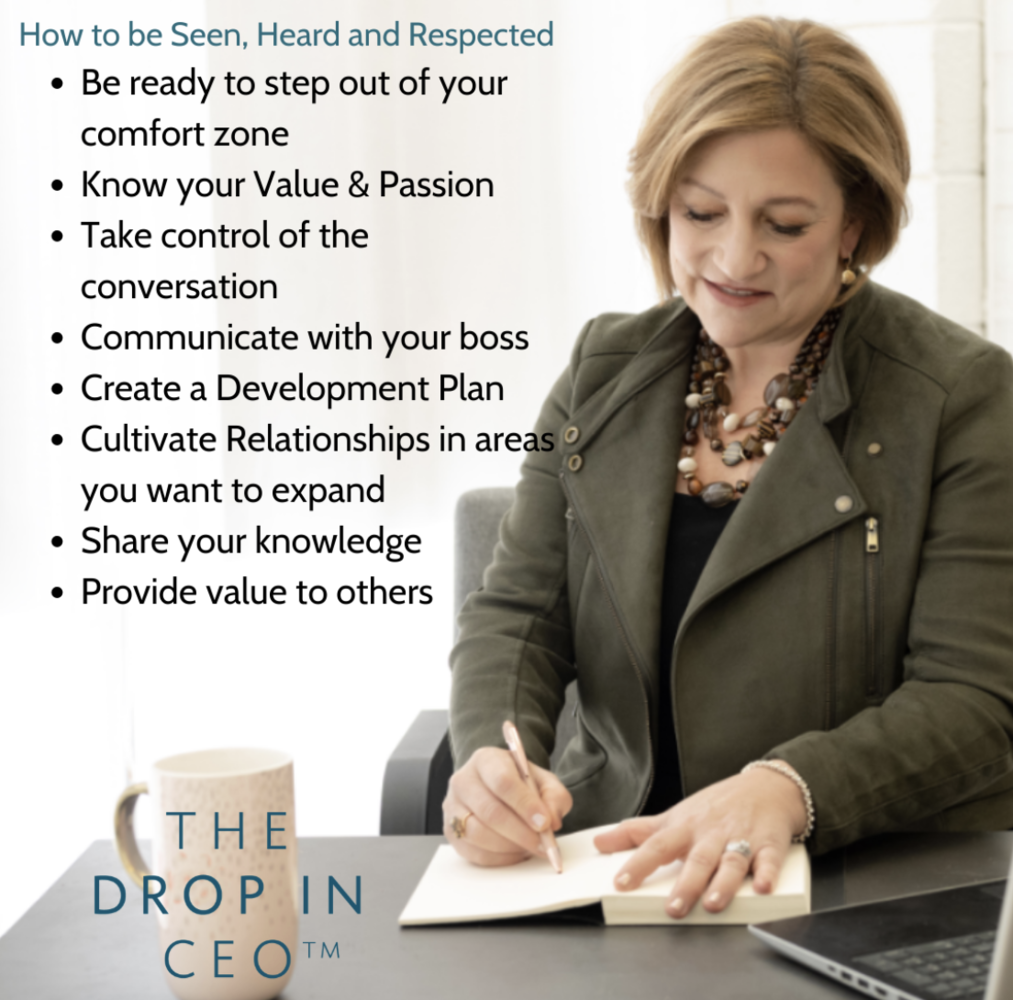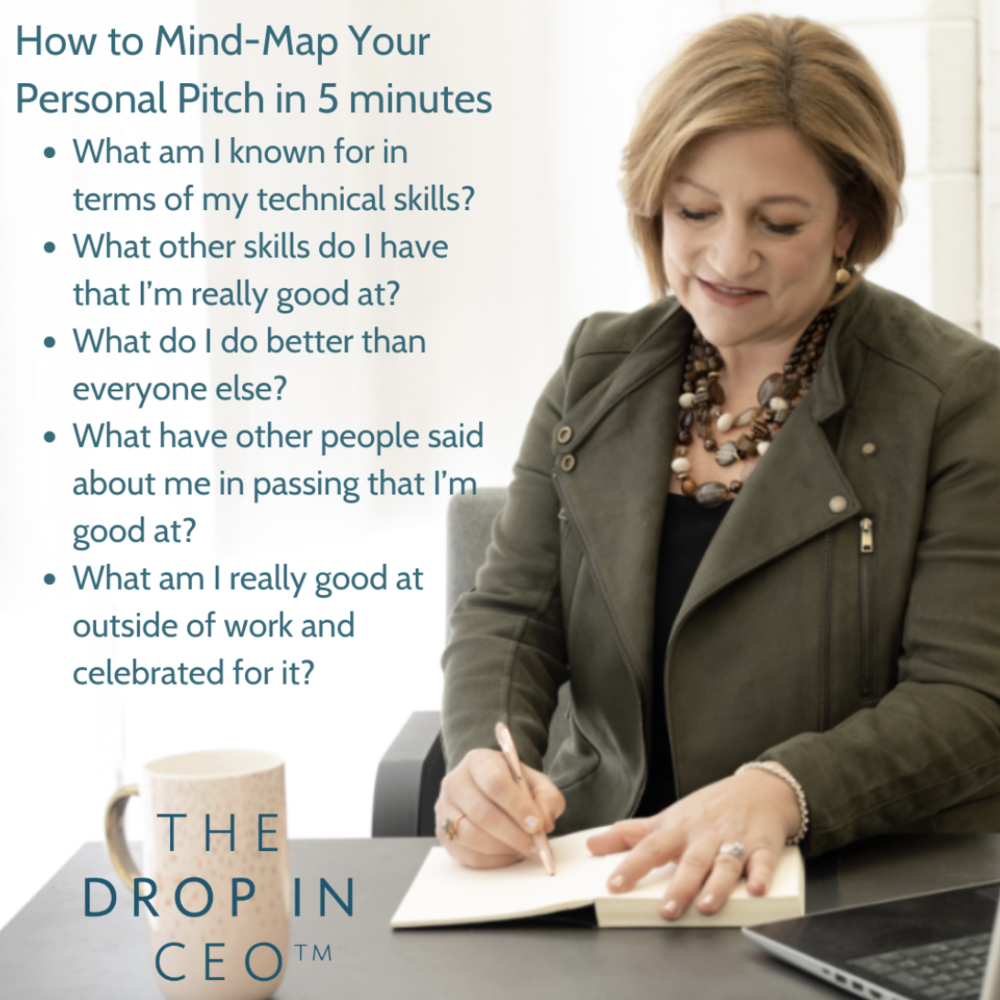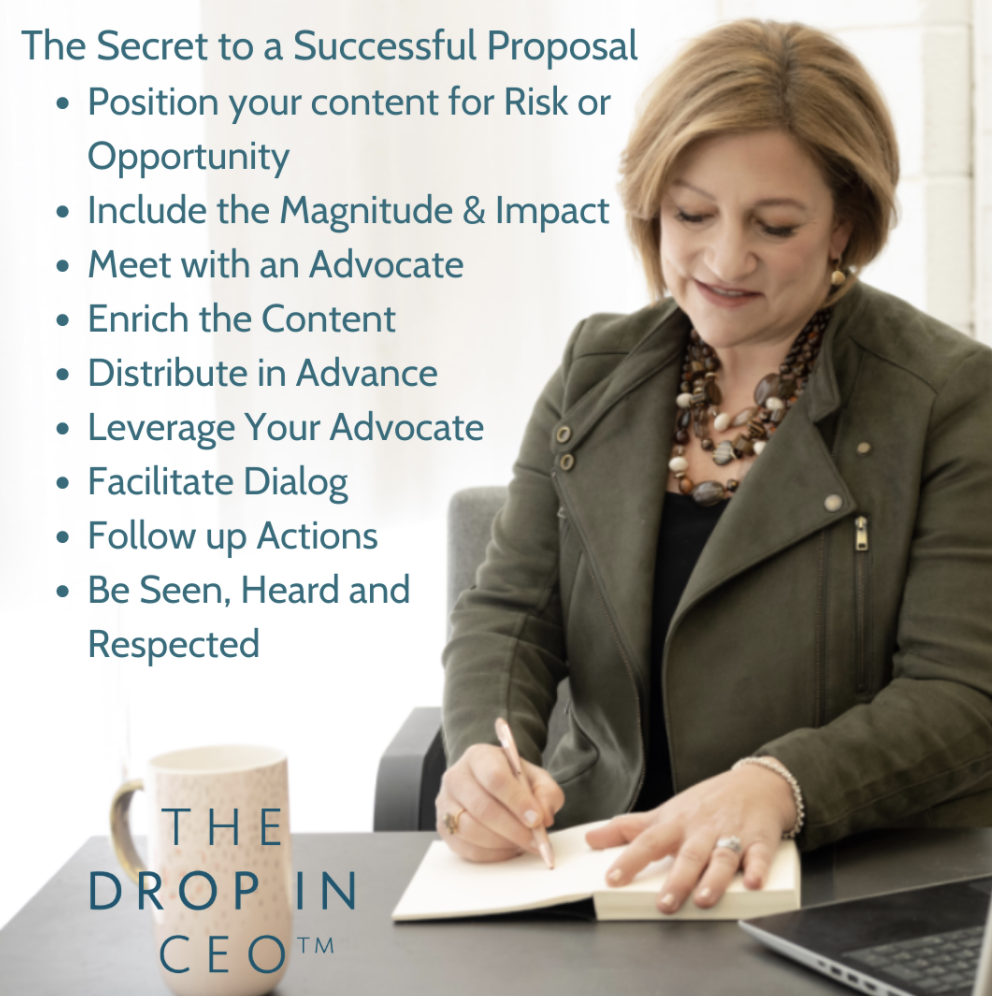A video message from Deb (and Reagan) about Silos, Watch now
When President Reagan said in 1987 “Tear down this wall” it made all the sense in the world. Let communities interact with each other towards a cause greater than our own. And then there is John Knotts who wrote Overcoming Organizational Myopia who said, “Silos must exist for an organization to operate–we want them to exist.” Given these two messages, I wonder if it is time to empty your silos… or not? And while I continue to ponder this question, my dog Reagan in the back is digging a hole to find the mole. While breaking down the dirt barrier, will the resolution be a good one or an untimely demise for the mole?
This begs the question, why do we have silos in an organization and how do they help or hinder us towards our goals? Independent functions who audit other functions or compliance need to be a “silo” to provide valuable information back to the business. We are often “scared” of audits for fear of what they’ll expose. We have firewalls to defend data integrity so that nothing bad happens. We have closed-door meetings that are necessary to allow confidentiality when discussing critical business matters. Walls exist and over time have gotten to be mysterious, secretive and constructs for which information may or may not flow. Given this conundrum of what is necessary vs. what is not, let me provide a framework for you to decide whether you should empty your silos?
How to decide if you should empty your silos:
You should empty your silos when:
- information flow is late, incomplete or inaccurate.
- time is wasted waiting or extra meetings to clarify needs.
- the customer is negatively impacted by poor performance (internal customers included.)
You should NOT empty your silos when:
- checks and balances are necessary to confirm compliance standards are met (i.e audits.)
- centers of excellence, innovative groups or areas of high creativity need to work independently to achieve high impact results in alignment with predefined inputs from other “silos.”
- where Legal or Regulatory requirements are necessary to be independent as a risk mitigation control.
There is a theme in the first section; all the activities that result in Waste. If you’re a student of the 8 Wastes, you’ll know what I mean! I love this funny video from Paul Akers.
When it comes to not emptying silos, it relates to all the activities that help you sleep at night. You may not always understand what they do and how they do it, but are grateful that they do the critical work they do and are independent of other functions.
The leadership lesson is this: We talk about breaking down silos, but we need to ask better questions to determine what functions & processes serve the business and how we benefit from them.
In the case of the mole that Reagan was after; he has lived to see another day due to the dirt barrier. It may not make sense to us why there are holes and mounds in my lawn. If we ask the mole, he may impart great wisdom why he exists and the silo that separates him from Reagan… but that’s for another day.
Building new skills takes practice and I want to be there for you. We cover this framework in our Drop In C-Suite Academy which is still accepting students for enrollment. If you would prefer a 1-2-1 approach, I can also offer my coaching services. I can also create a custom approach to come into your organization and provide & mentor the skills as your partner.
One more resource for you – my Drop In CEO Podcast episode on “Powerful Words for Influence” you may find helpful in messaging big ideas.
For more information about The Drop In C-Suite Academy (CS) dedicated to the aspiring C-Suite leader, simply register to get on the waitlist, email me or connect with me for a quick chat. I can’t wait to help you be successful and reach your goals!
For more resources, you can listen to The Drop In CEO Podcast or check out my book The CEO’s Compass will help you get on track in days not months.

Resources
Good Reads
Sometimes we need to be reminded that what we build can only thrive if we give it wings. Starting a new business, evolving a new team or department can only be yours for so long. It is on us as leaders to develop the processes and systems to be able to hand off to the leaders of tomorrow. A great read by Jaime Jay and for more great content listen to our podcast interview.
Good Music
Keith Merrill – A New Age – Today’s inspiration comes from a piece that gently guides you down the path of new journeys. I am on a journey to connect with as many C-Suite leaders of today and tomorrow. LI Navigator has given me a huge network to connect with and interview. During these interviews, we discuss what has / has not worked for them in their career journey. Those insights are now coming to you in my weekly solo podcasts. If you have a topic you’d like discussed, reply to this email or message me on LI. We can chat and then I can create content for leaders. I am grateful for everyone’s support.
Good Advice
A funny coincidence that after writing my LF post and recording my solo Ep228 that is coming out Friday 5/20 regarding Silo’s, my interview with Chuck Cooper had a 3 minutes segment on the same topic!
“There has been a growing chasm with a lack of trust between management and the employees. It’s upon us as leaders to reach out to our teams to start to build that relationship and build that trust.”
–Chuck Cooper
For more inspiration, Listen & Subscribe to The Drop In CEO Podcast
If you love the podcast, please write a review. We are offering a quick tutorial to make it easy to leave a review.























